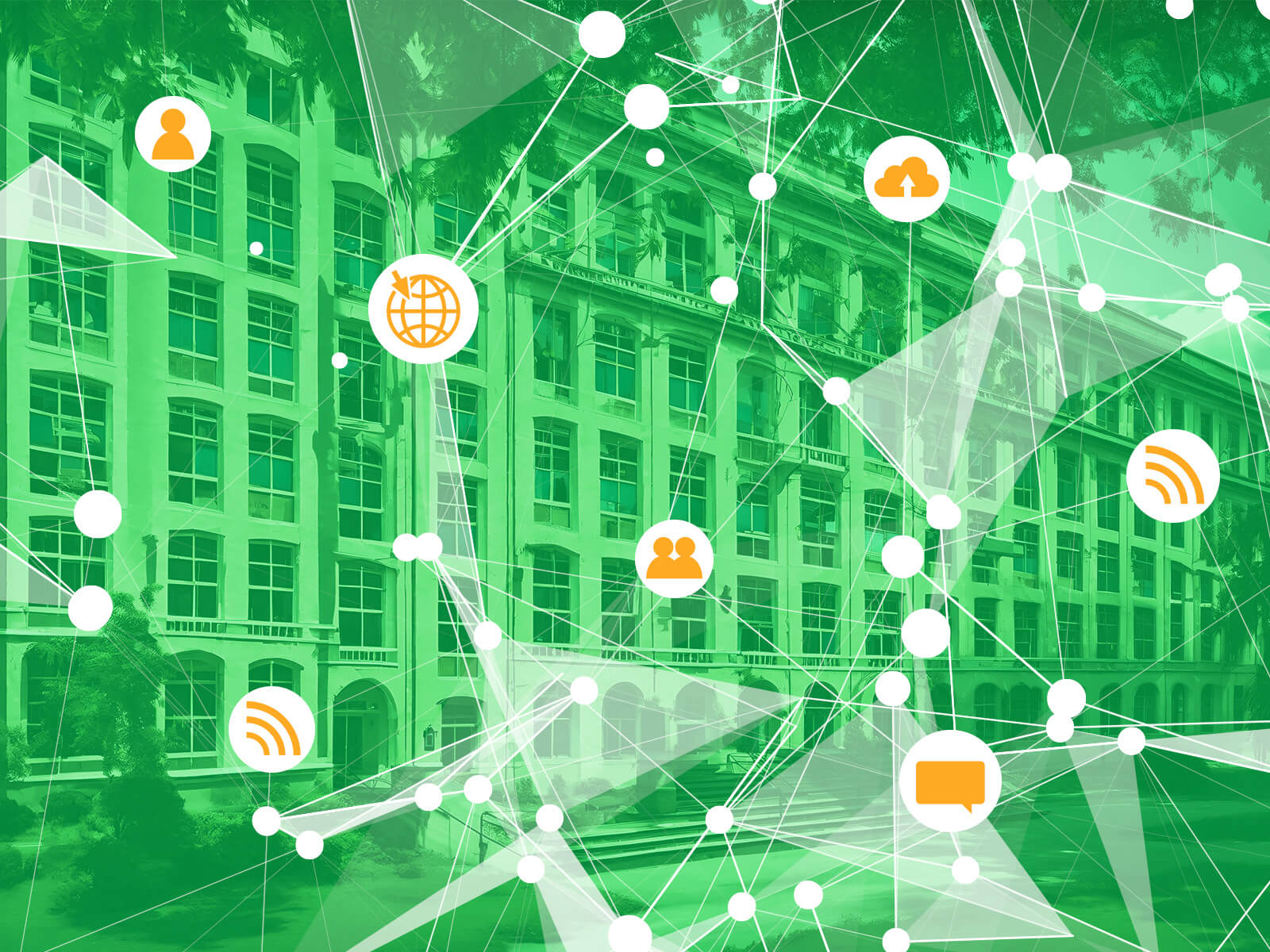
Rida Fatima – September 18, 2024
Collected at: https://www.iotforall.com/smart-campus-addressing-challenges-in-student-transport
Campus management provides student transport service. Despite this, students face similar issues like overcrowded buses, persistent delays, missing pickups, and late arrivals. However, the long distance, traffic congestion, and unavailable campus parking spaces make it difficult for them to keep their morale high. Many students arrive late daily and even see accidents and traffic management, leading to high-stress levels.
In modern practices, management introduced smart public buses and infrastructure so students can easily focus on their studies and contribute to safety, security, and sustainability. Let’s take a look at practical solutions to help administrators resolve such issues.
Transportation Challenges
Students face several challenges while using traditional student transport services. These are:
Overcrowding
Management does not arrange buses according to the required number of students, so they become overcrowded. Students pass long routes while standing in congested spaces, leading to stressful experiences.
Missed Pickups
The arrival time of these buses is not fixed, and this is due to many reasons, such as traffic jams, vehicle breakdowns, or poor route planning. This leads the students to stand on stops without updates, and many students miss the buses.
Unavailable Campus Parking
Because of the absence of smart parking infrastructure, these buses face issues finding parking spaces, which leads to delays and students being late for their classes. Even in the off-hours, they find it difficult to find where their bus is parked, further complicating their commute.
Traffic Congestion
When bus services are uncomfortable, many students travel in their cars, leading to congestion, especially during peak hours. Also, poor management of vehicles, parking, and road infrastructure significantly causes traffic congestion and delays, leading students to arrive late to campus.
Environmental Concerns
Traffic congestion causes air and noise pollution and impacts students’ quality of life. It also results in more travel time and fuel consumption.
Addressing Common Challenges
The best ways to address common challenges in student transport service are:
Smart Student Transportation System
Smart student transportation system allows students to track the real-time arrival of their buses via a mobile app, eliminating the need to stand for a long time at the bus stop.
The system allows seat reservation; therefore, according to the number of reserved seats, buses go on routes, eliminating the need for students to stand in a crowded bus, leading to a more comfortable commute. Depending on campus policy, students can easily pay online to reserve their weekly or monthly seats.
In addition, with AI and data analytics, buses can optimize routes, reducing travel time, fuel consumption, and greenhouse gas emissions. Overall, the system ensures transportation efficiency and helps reduce students’ traveling frustration, which can impact their academic performance and health.
Upgrade Infrastructure
Implementing smart infrastructure followed by real-time traffic analysis and management can help overcome traffic congestion. Smart infrastructure followed by technological integration like the Internet of Things (IoT) and Artificial Intelligence, we can optimize traffic flow, adjust traffic signals, and predict congestion patterns.
For example, installing LPR cameras helps detect cars that break traffic rules. Technological integration helps streamline traffic flow and enhances overall efficiency, leading to faster and smoother student commutes.
Smart Campus Parking
Installation of smart parking solutions, specially designed for campus parking, helps manage campus parking. With real-time monitoring, off-time hassles can be overcome. Students can locate their bus on campus via the app, eliminating the hassle of searching the whole area.
Additionally, when buses enter the campus, they spend time finding parking areas. With a smart parking navigation system, they can be directed to their allotted location, saving time and minimizing delays.
Monitor and Review Performance
Reviewing progress and continuous improvement are keys to maintaining the implementation of smart student transportation services. AI integration can help campuses monitor and analyze their performance regularly.
Feedback can be collected from drivers and students to identify and resolve the issues. Data on security issues, traveling experience, and driving hurdles can be collected to identify areas for improvement. With regular reviewing and refining, campus academic administration can ensure the best commuting experience for students and staff.
Safety Equipment Provision
Every smart bus must have essential safety elements like first aid, seat belts, emergency exits, airbags, and fire extinguishers. These measures help ensure the safety and well-being of passengers, providing peace of mind to the administration and parents. The system needs daily maintenance and checks to ensure the reliability of all safety equipment.
Smart Campus Solutions
Addressing challenges in student transport services on campus requires a combination of technology, smart infrastructure, and proactive maintenance. By implementing smart parking solutions, route optimization, smart bus projects, safety measures, and infrastructure, we can create a reliable, eco-friendly, and safe system for students’ commutes. Ultimately, these initiatives help students to travel stress-free and focus on their learning, health, and education.

Leave a Reply